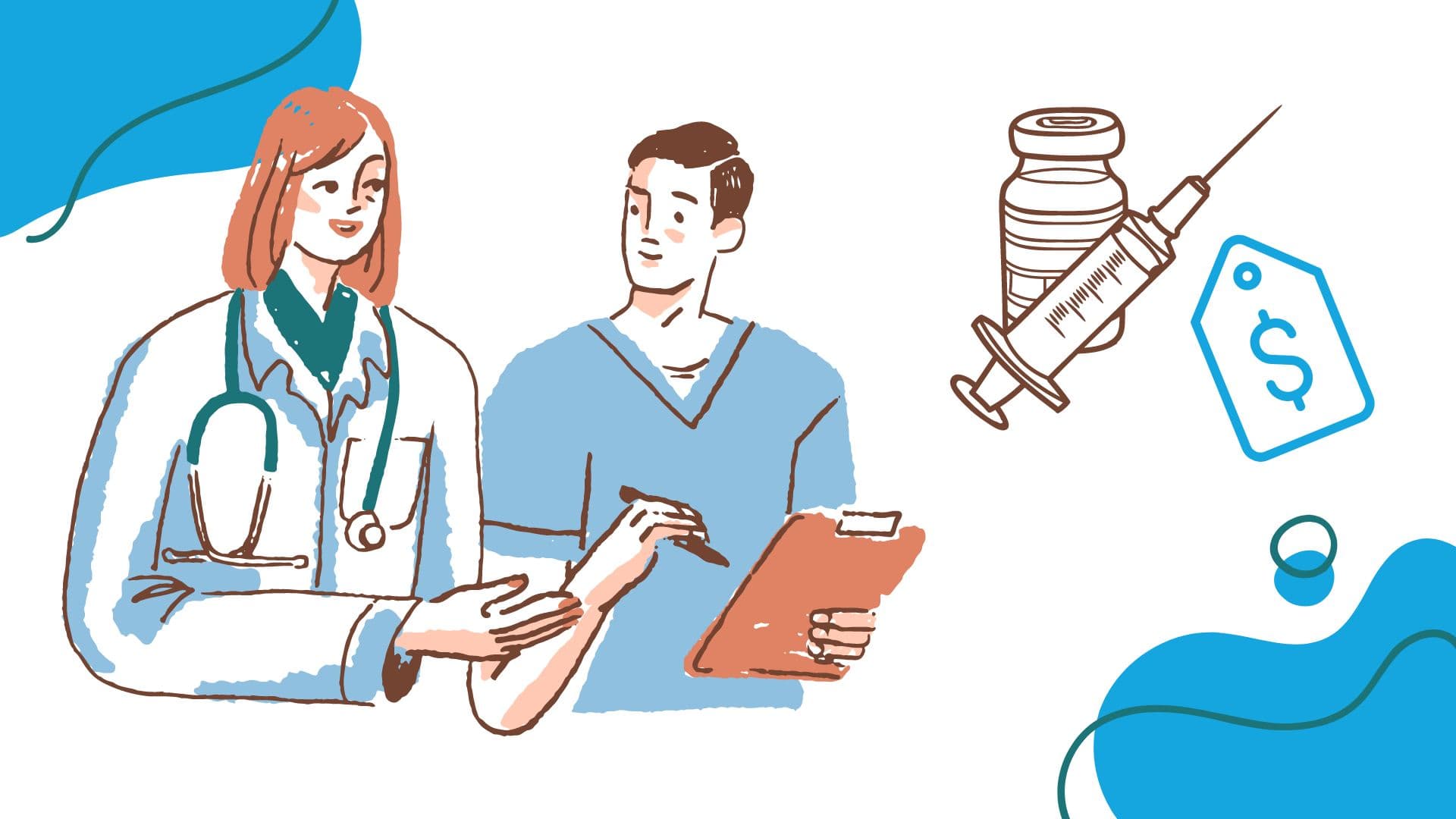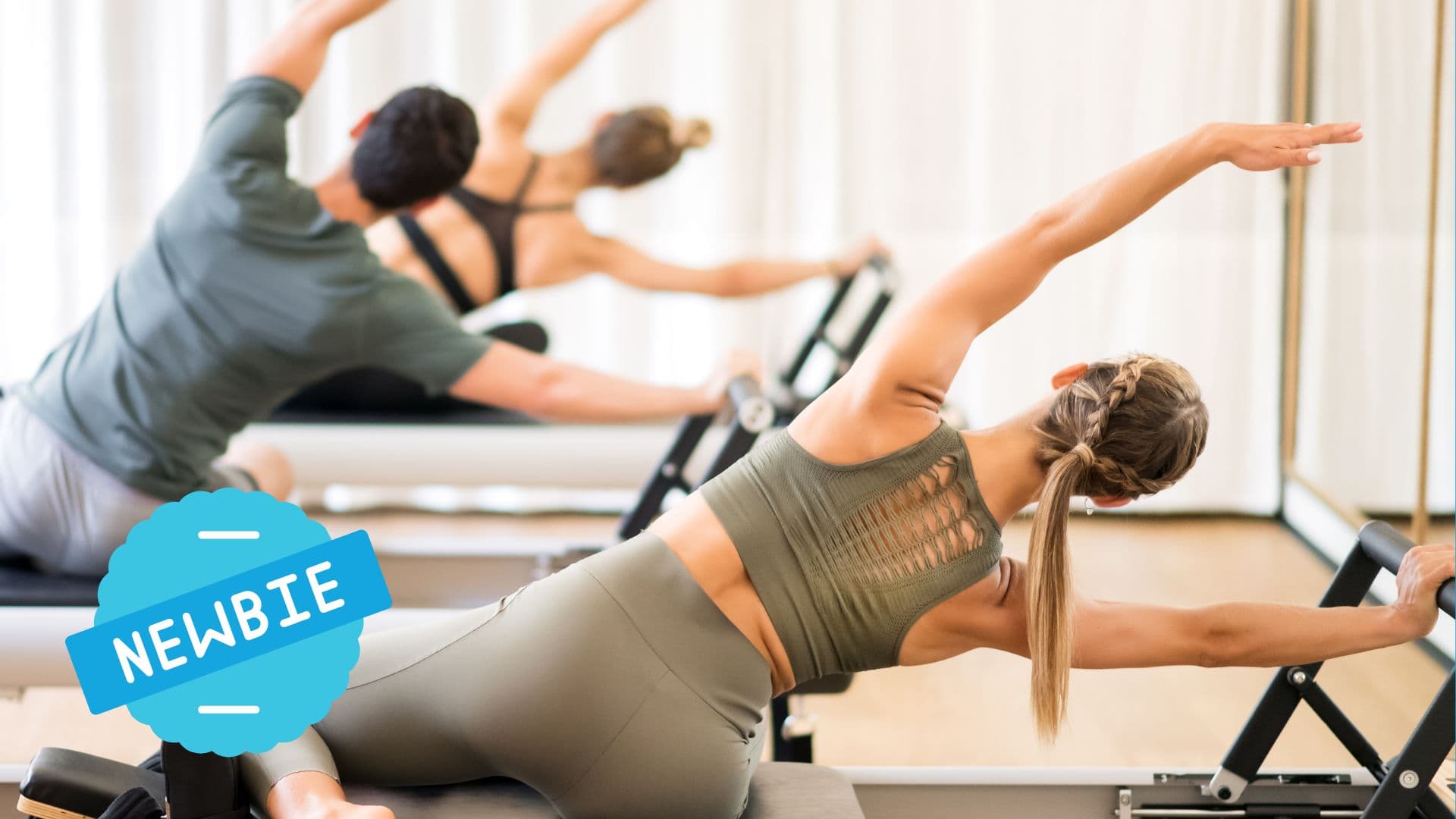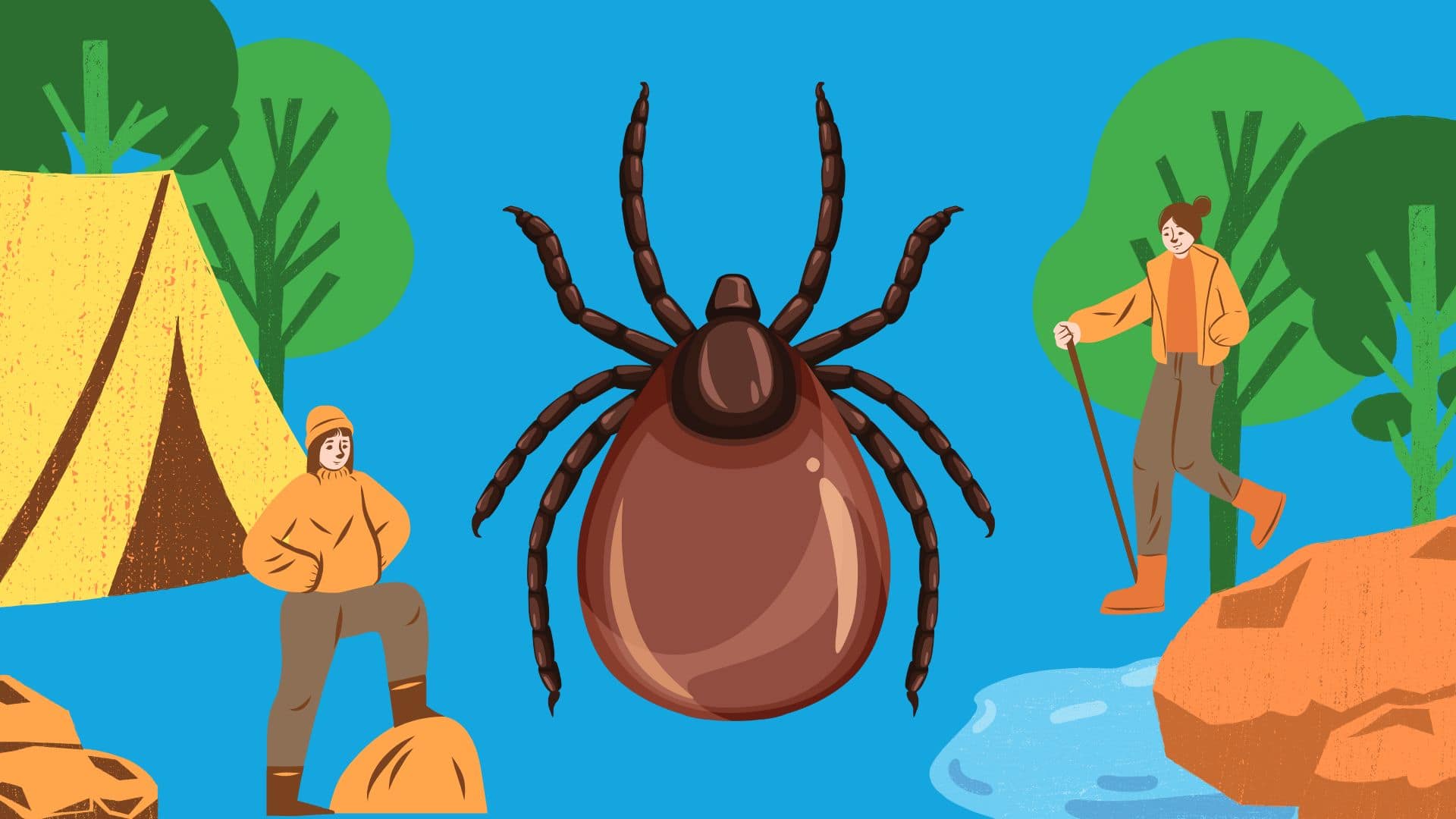
COVID-19 has faded from the public conversation, but it is still as prevalent as ever, with wastewater levels in 2024 approaching those seen at the beginning of the pandemic in 2020. Furthermore, as COVID-19 has become less of a hot topic, many of the resources that made COVID-19 vaccines free or cheap have dried up or been reduced. From government expenditures to the costs associated with vaccine doses and their distribution, it’s crucial to grasp how the cost factor impacts both public health and individual finances. Here’s a comprehensive look at the costs involved in getting vaccinated against COVID-19 as of 2024.

Governments worldwide made unprecedented investments in the COVID-19 vaccine effort in 2020 and 2021, and still do to this day. In the United States, the federal government initially committed over $18 billion through Operation Warp Speed. This program was designed to accelerate vaccine development, manufacturing, and distribution. In 2024, the U.S. government continues to support vaccine efforts, including funding for booster doses and adapting to emerging variants. This substantial financial commitment covers a wide array of activities, including research, clinical trials, and the purchase of vaccine doses. Additionally, funds are allocated for setting up and maintaining distribution networks, ensuring that vaccines reach every corner of the country efficiently.
The initial funding was critical in securing vaccines at reduced prices and making them widely available. The government’s investment also supported infrastructure development, such as cold storage facilities necessary for vaccines requiring ultra-cold temperatures, like the Pfizer-BioNTech vaccine. This infrastructure is essential for maintaining vaccine efficacy and ensuring that vaccines are administered within their recommended time frames.
The cost of each COVID-19 vaccine dose varies depending on the manufacturer and the agreements in place. In 2024, prices have been adjusted but remain relatively stable due to ongoing government regulation. For instance, the Pfizer-BioNTech vaccine is priced at about $20 per dose, while the Moderna vaccine is around $17 to $20 per dose. These prices reflect government-negotiated agreements that help lower costs compared to what might be charged in a private market setting.
Negotiated prices are a crucial aspect of making vaccines affordable and accessible. By purchasing vaccines in bulk and negotiating prices with manufacturers, governments can offer vaccines at a lower cost than the retail price. This approach not only makes vaccines more affordable but also ensures that they are available to a larger portion of the population, including underserved communities.
The cost of administering and distributing COVID-19 vaccines extends beyond the price of the doses themselves. This includes expenses related to transportation, specialized storage, and the actual process of vaccination. In the United States, the estimated administration fee for each dose is approximately $18.50 for the first dose and $30 for the second dose. These fees cover the work of healthcare providers, including physicians, nurses, and pharmacists, as well as the logistical aspects of vaccine administration.
Transportation costs are significant, particularly for vaccines that require ultra-cold storage. For example, the Pfizer-BioNTech vaccine must be stored at temperatures as low as -70°C (-94°F) until it is ready to be administered. This requires specialized freezers and careful handling during transport. Additionally, vaccines need to be administered within a specific time frame after thawing to maintain their effectiveness.
Despite these costs, many government programs and insurance plans cover the administration fees, reducing the financial burden on individuals. For example, in the U.S., the COVID-19 Vaccination Program provides funding to cover vaccine administration fees for people who are uninsured or underinsured. This ensures that individuals do not face direct costs for receiving the vaccine, promoting higher vaccination rates and contributing to public health goals.
So, what does this mean for you as a potential vaccine recipient? In many countries, including the U.S., the COVID-19 vaccine is provided at no direct cost to individuals. This is made possible by substantial government funding that covers both the cost of vaccine doses and the expenses associated with administering and distributing them. The goal of this approach is to ensure that as many people as possible can access the vaccine without financial barriers, which is critical for controlling the spread of the virus and protecting public health.
In summary, while the development and distribution of COVID-19 vaccines have involved significant expenditures, these costs have largely been absorbed by governments and health systems. This approach helps make vaccines accessible to everyone at no direct cost, playing a key role in pandemic management and public health efforts. As we continue to navigate the challenges of the pandemic, understanding these financial aspects can help individuals make informed decisions about vaccination and contribute to broader public health.

Pilates is focused on enhancing core strength, crucial for overall torso stability and fluid movement. The core, influencing both legs and upper body, is essential for everyday comfort, such as sitting and standing without pain. The aim is to move gracefully through balanced muscle development, addressing potential weaknesses and promoting full joint mobility. The workout …

Rocky Mountain spotted fever (RMSF) is a bacterial infection caused by Rickettsia rickettsii and transmitted through the bite of an infected tick. This infection is characterized by the sudden onset of fever, headache, and rash, which can be life-threatening if not treated promptly. This infection was first identified in 1896 in the Snake River Valley …

You already know that participating in sports is good for your physical well-being. But that’s not all! Participating in sports has also been linked to improved mental health in recent studies. In this post, we cover how sports improve your mental health, concentration, depression, and more. Sports improve your mood Engaging in sports can significantly …